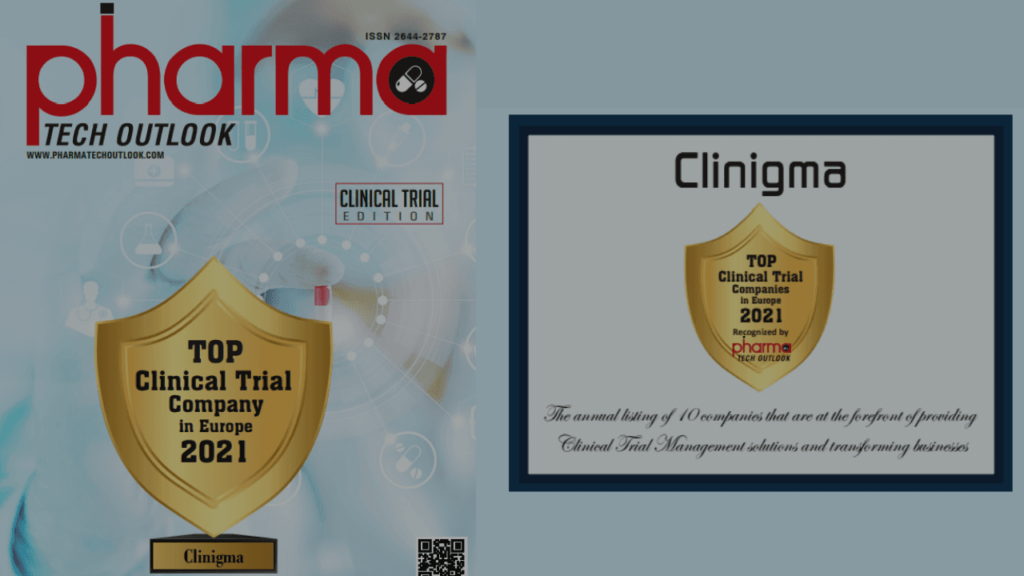When pharmaceutical companies have completed a clinical trial, they may want to organise a result meeting with the attendance of participating investigators and study nurses/coordinators. At the result meeting, representatives from the pharmaceutical company communicate the outcomes from the trial, further to which the investigators and study nurses have the opportunity to discuss and share their thoughts and experiences from the trial. However, despite the best intentions, there are several challenges in obtaining structured feedback from a result meeting. Here are five key challenges and a strategy to overcome them.
Challenge 1: Recall issues among result meeting participants
A result meeting with the investigators and study nurses/coordinators often takes place five to six months after completion of the trial, as data cleansing, internal result meetings, and preparation of result meetings are time-consuming processes. Though the experience of time is always relative and situational, when asked to retrieve information and experiences that go five to six months back in time, time is an apparent obstacle. Do you remember clearly what you experienced five to six months ago?
The recall issues may be even more pronounced for the study sites that have been quick to recruit subjects for the clinical trial. They will (depending on the trial design) have had their last patient visit months before the trial officially ended. Seven to nine months may thus have passed since the investigators and nurses from these sites, who come to a result meeting, ended their own trial participation. Thus, they face an even bigger problem than their peers do when asked to remember what they experienced during the trial. Furthermore, memory retrieval might also be challenged by the fact that many investigators and study nurses often engage themselves in more than just one trial. Consequently, when they come to the meeting, their thoughts may be preoccupied with interesting new trials that they are involved in at present. Accurately remembering experiences and differentiating between patients and medicines is thus an understandable challenge they may face.
Challenge 2: Language barriers in global clinical trials
Even though it is a prerequisite that investigators and study nurses can read and speak English to participate in global clinical trials, this is not always the case. Often investigators and study nurses from countries where English is not widely spoken can seem reluctant to speak up if they are required to communicate in English. Therefore, it is often the more fluent English-speaking investigators who lead the conversation at the result meeting.
There are ways to try to overcome language barriers, such as assembling participants according to their spoken-language during discussion sessions. However, the challenge remains throughout the meeting discussions. Moreover, if there are other challenges related to getting the investigators and study nurses to speak up – which of the challenges should then have priority?
Challenge 3: The influence of unspoken power structures
At this point, it is relevant to mention the tacit hierarchy that also exists at a result meeting. Notwithstanding the study, nurses often have more frequent and much closer interactions with the subjects (for example when managing many of the tasks related to visits) and have seen and heard how patients coped during the trial. However, it is often the investigators, rather than the study nurses, who take the microphone and speak up at the meeting.
Challenge 4: Incorporating and assessing the relevance of feedback post clinical trial
Another hurdle to tackle for the participating investigators and study nurses is to express their experiences about the trial that goes beyond the measurements included in the trial. This hurdle is likely to happen if it relates to an observation or experience of the product that falls outside of what is measured in the trial, or if it is not a positive observation. Feeling exposed to colleagues as well as to the big pharma company may also prevent the participants from speaking freely about what they experienced.
Even if an investigator or a study nurse from the audience does say what he/she experienced it can also be difficult for the company to use, as the company would ask:
- Was it only him/her who experienced this? Or did everyone experience this?
- How many patients experienced this? What were the characteristics of those patients he/she treated?
Not being able to quantify the statements or the experiences of the investigators and study nurses makes it difficult for the pharmaceutical company to use the information.
Challenge 5: Factoring in a company’s internal decision-making process
The internal processes within pharmaceutical companies may also limit the ability to incorporate feedback from an investigator meeting. After a clinical trial is completed, the results from the trial are firstly presented to the pharma company’s upper-level management team. Shortly after that, management makes important decisions regarding which new and more extensive clinical trials to initiate. These new trials are often planned and designed while the trial is ongoing. Thus, when the decision of initiating new trials is made at upper-management level, the new trial-protocols are often more or less ready so that it is easy to submit the protocols for EC/regulatory approval. Motivating this process is the goal to making it as short-as-possible, from when the patent of the product is signed until it goes onto the market. The loss of one month of revenue from a drug patent can be a lot of money. The consequent effect is that when a pharmaceutical company gets feedback from an investigator meeting – five to six months after the trial is over – it is often too late for the company to adjust and incorporate the investigators’ or study nurses’ feedback. The new trials are already sent for regulatory and EC approvals and may even have begun. Naturally, it is possible to amend/re-submit a protocol, but this is not what companies prefer to do.

Solutions to overcome these challenges
Investigators and study nurses who have participated in a clinical trial have seen and heard from the patients how it was to use the new drug. And they may also be able to elaborate on how they see the drug works in patients in comparison to other drugs. This is not an option for patients who may be naïve to a given treatment. You should exploit this opportunity.
By interviewing (a subset of) the participating investigators and study nurses following their last patient´s last visit it can give several advantages to the pharmaceutical company:
- it makes it possible to get the investigators’ and study nurses´ feedback while they can still remember their observations
- it creates more qualified and structured feedback, enabling the company to use the feedback constructively in their following trial program
- it can facilitate a discussion on the drug in comparison to existing therapies, which patients may not be in a position of if they are naive to the treatment
- moreover, the pharmaceutical company will not have to wait five to six months to get the investigators’ feedback
In conclusion, a question to ask yourself:
Would you like to get faster and more structured feedback from the investigators and study nurses of your clinical trial? Before designing your next clinical trial?


